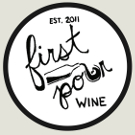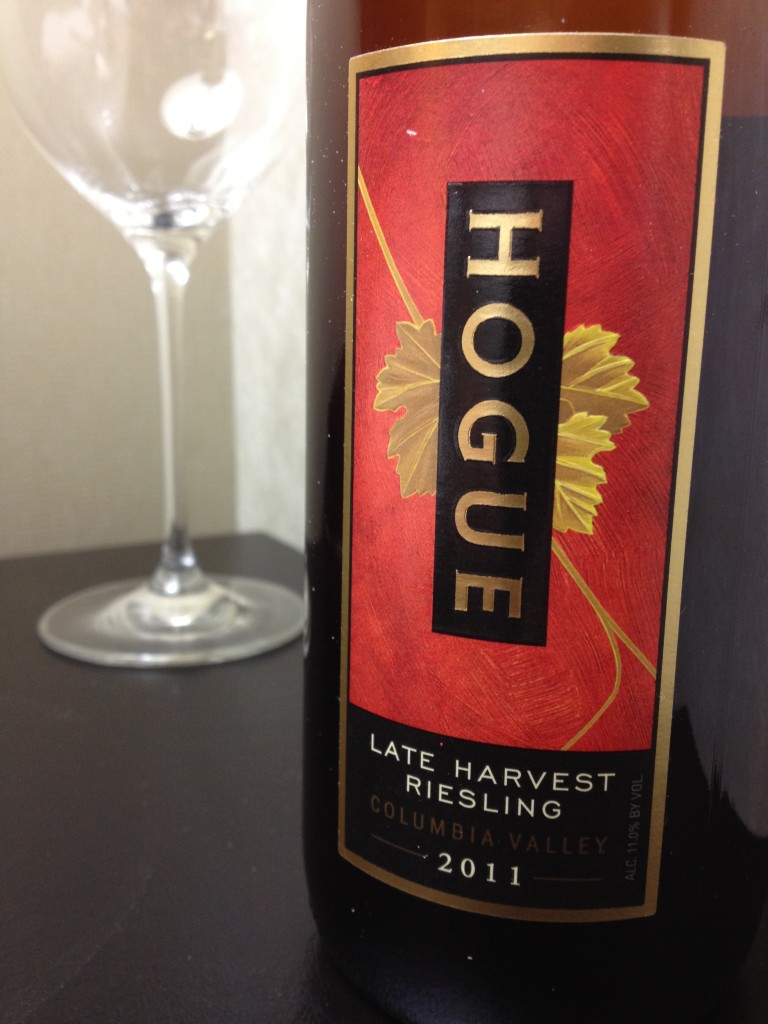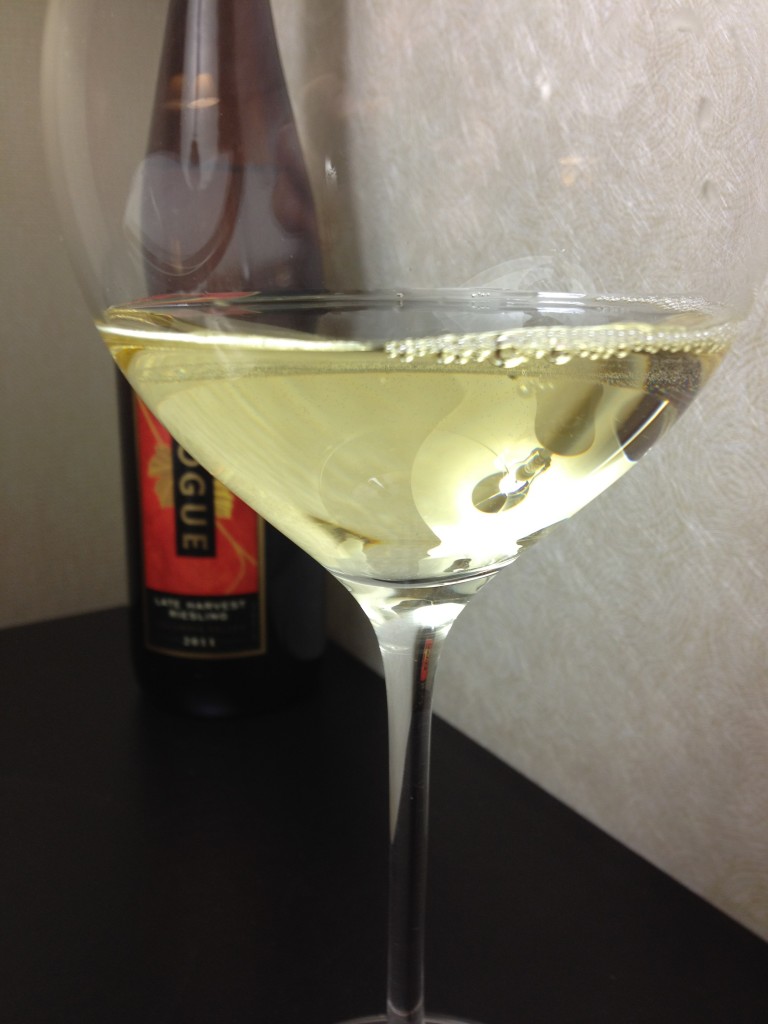A few days ago 2010 Hogue Late Harvest Riesling made it’s appearance on First Pour Wine to demonstrate the difference between rieslings and discuss a bit about sweet wines. In something of an accidental twist of fate, I happened to stumble upon a deeeply discounted bottle of 2011 Hogue Late Harvest Riesling. Given the opportunity, it seemed like it’d be a fantastic opportunity to discuss vintages.
Vintages in wine are a tricky and murky subject. Many times you’ll run across a wine that you really love one year, and the next year will be sadly disappointed with. Why does this happen? The short answer is farming and winemaker decisions. The long answer involves things like rain fall, temperature, the length of the growing season, what occurred near harvest (like did it rain, were the grapes harvested at night, etc), and so on.
In general, the effects of vintages are heavily debated, ranging from the idea they only make minor variations in wine to being critical enough to require charts. That being said, depending on your palate, you may or may not be more effected by vintage than another individual. Regardless of which, the character of the wine should be more of less similar from year to year.
So, with that in mind, does 2011 Hogue Late Harvest Riesling’s vintage really make a difference?
Sight: A deep bright lemony gold.
Smell: The sweetness is immediately evident, with plenty of honey, pungent nectarine / apricot, and white grape juice aroma. Lemon and orange zest play background.
Sip: A big burst of initial sweetness, and a thick mouth feel reveal a tempered acidity. Honeyed lemon reveals itself with lots of nice stone fruit as the sweetness slopes off slightly. There’s a touch of floral character as well. [A.B.V. 11%]
Savor: It moves slightly bitter on the finish, but is still fairly sweet. There are minor notes of elderflower that accompany apricot and lemon.
2011 Hogue Late Harvest Riesling shows what a difference a year can make, especially in a case like late harvest wine, where the winemaker’s hand can play such a large role. While the 2010 is rather clean and crisp with a nice amount of sweetness, the 2011 is boldly sweet, more floral, and heavy. Both are interesting examples of how a late harvest riesling could be done, and both are worth trying, especially if you can obtain them side by side.
Verdict: What a difference a year makes
Columbia Valley, Washington (AVA)
Price: $8.49 (purchased $5.97)
http://www.hoguecellars.com/


